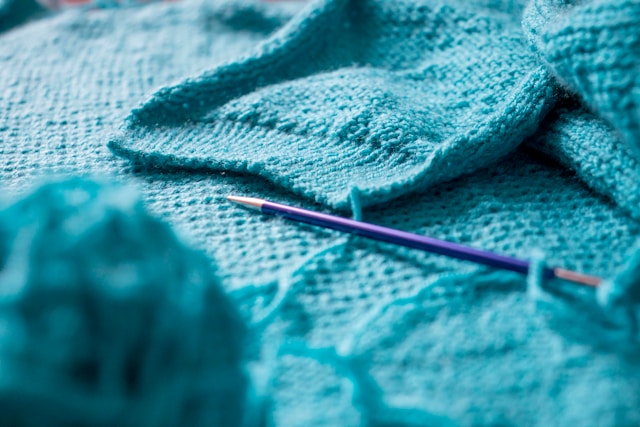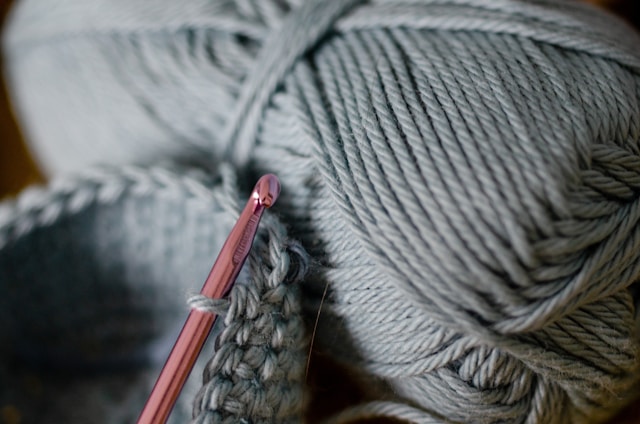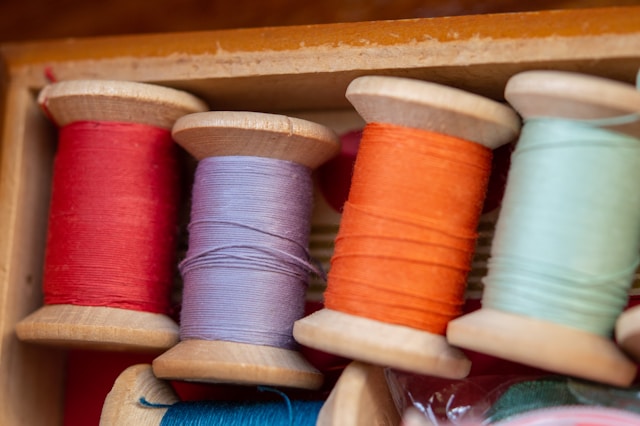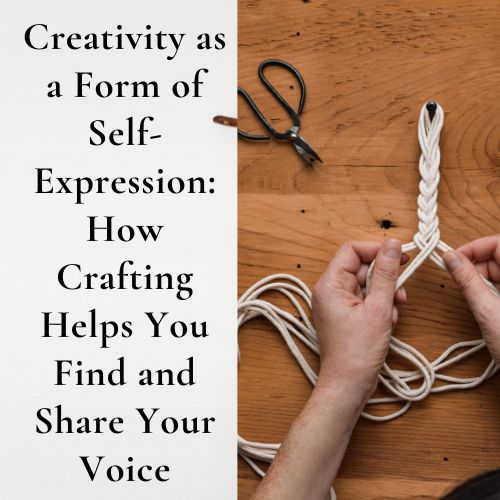How I Found My Voice Through Craft
For years, I thought of myself as someone who expressed herself through words. I was a writer, and that was how I told my stories. But when I picked up a crochet hook during one of the hardest periods of my life, I realized something unexpected—I was telling my story through my stitches, too.
The colors I chose reflected my emotions.
The textures mirrored what I needed to feel.
The rhythm of making gave me space to process things I couldn’t always put into words.
Creativity, I realized, isn’t just about making things—it’s about making meaning.
For so many of us, craft is a way to express what’s inside of us, to explore our emotions, our memories, our identities, even when we don’t consciously realize it.
If you’ve ever felt like you struggle to express yourself, or if you’ve ever wondered how your creativity reflects your inner world, keep reading. Let’s explore why crafting is a powerful form of self-expression, how it connects us to our authentic selves, and how to use it as a tool to tell your own story.
 Want to learn more? Click here to join Craft to Heal.
Want to learn more? Click here to join Craft to Heal.

The Science: Why Creativity is a Powerful Tool for Self-Expression
Self-expression is a core human need—it’s how we process emotions, communicate our experiences, and make sense of our place in the world.
Crafting is a unique form of self-expression because:
 It Engages Both Sides of the Brain
It Engages Both Sides of the Brain
Creativity activates the right hemisphere of the brain (which is associated with intuition and emotion) while also involving the left hemisphere (which deals with structure and logic).


 It Gives a Voice to What Words Can’t Always Say
It Gives a Voice to What Words Can’t Always Say
Sometimes, emotions feel too big, too complex, or too unformed to put into words.


 It Creates a Record of Your Inner World
It Creates a Record of Your Inner World
Every creative project you make is a reflection of who you were in that moment—what you felt, what you needed, what you were working through.


How to Use Crafting as a Tool for Self-Expression
If you want to connect more deeply with your creativity and use it as a way to explore your inner world, here are a few ways to start:
1. Choose Colors Based on Emotion
Instead of picking colors based on aesthetics, try choosing them based on how you feel—or how you want to feel.



Let the colors guide your creative process, and see what emotions come up as you work.

2. Stitch Your Story—One Thread at a Time
Your craft can be a visual or tactile journal, a record of where you’ve been and what you’ve experienced.





3. Let Go of Perfection—Make Just for Yourself
When we create for an audience, we censor ourselves. But true self-expression happens when we make without worrying about how it looks to others.




4. Craft a Self-Portrait—Without Words or Images
We often think of self-portraits as drawings or paintings, but you can create a self-portrait in fiber arts, too.




Explore This Deeper in Craft to Heal
If this idea of craft as self-expression resonates with you, Craft to Heal was designed for you.
In our March 18th workshop, we’ll explore:



If you’re ready to explore creativity as a way to express and understand yourself, I’d love to have you join us.
 Want to learn more? Click here to join Craft to Heal.
Want to learn more? Click here to join Craft to Heal.

Your Creativity Tells Your Story
You don’t have to be a writer or an artist to have a story to tell.
Your stitches, your fabric choices, your color selections, your process—they all say something. Your craft is your voice.
So create boldly.
Make intuitively.
Trust that what you’re making—no matter how imperfect, no matter how unfinished—carries meaning.
Because every stitch, every piece of fabric, every creative act is part of your story.
And it deserves to be told.
